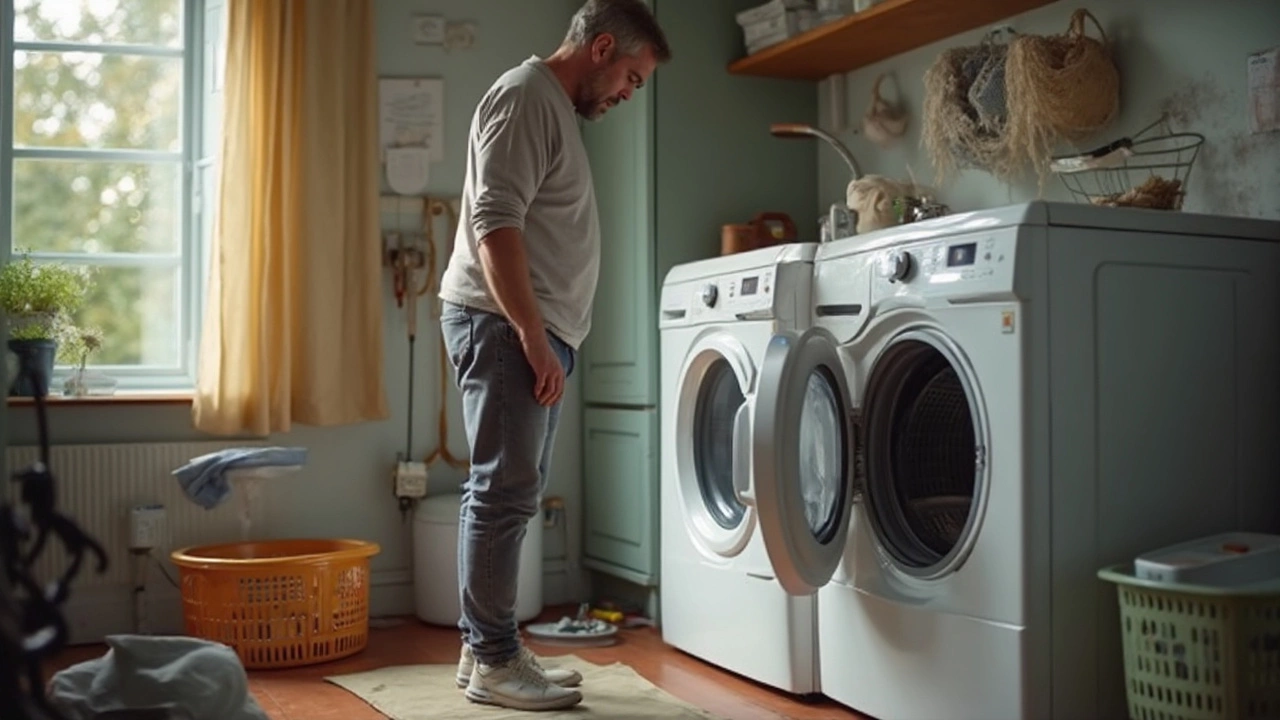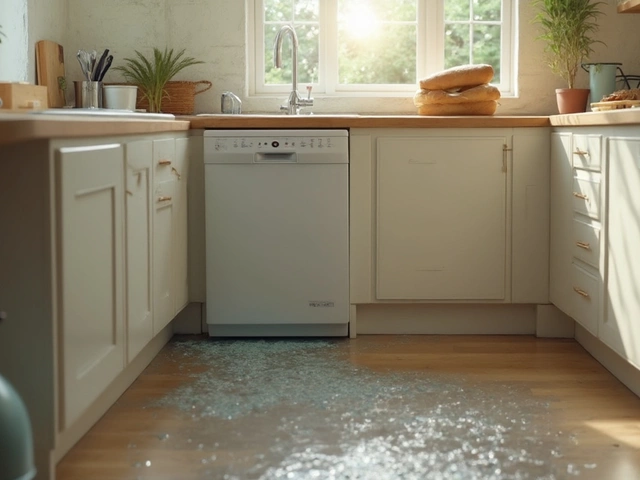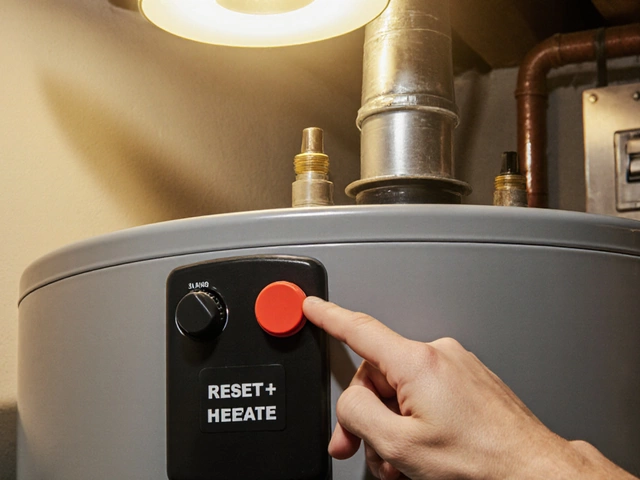If your dryer’s drum stays still, laundry piles up and you’re left with damp clothes. It’s a frustrating problem, but most of the time the cause is simple and can be checked in minutes. Below we cover the usual culprits, quick DIY steps, and the signs that you should call a qualified repair service.
First, make sure the dryer is plugged in and the power switch is on. A tripped circuit breaker or a blown fuse can stop the motor from running, and the dryer will look like it’s broken when it’s just an electrical issue.
Next, look at the door latch. Dryers have a safety switch that stops the drum if the door isn’t fully closed. If the latch is loose, dirty, or broken, the switch stays open and the motor won’t turn. Give the latch a clean with a dry cloth and test the door a few times.
The drum belt is another frequent offender. Over time the belt can stretch, wear out, or snap. When the belt breaks the motor still runs, but the drum stays still. Pull the dryer out, remove the front panel and look for a rubber belt around the drum. If it’s frayed or missing, you’ll need a replacement belt.
Clogged lint filters and vent pipes also affect spinning. When airflow is blocked, the dryer can overheat and the motor may shut down as a safety measure. Clean the lint filter after every load and check the vent pipe for blockages at least once a year.
Finally, the motor itself can fail. Motors make a humming sound before they give up. If you hear a buzz but the drum doesn’t turn, the motor bearings may be worn or the motor could be burnt out. This is a job for a professional.
Start with the easy checks: reset any tripped breakers, make sure the door clicks shut, and give the lint filter a quick clean. If the dryer still won’t spin, unplug it and pull it away from the wall. Open the front panel – you’ll usually find a few screws hidden behind the control knob. Look at the belt and replace it if needed.
If the belt looks fine, feel the motor shaft. It should rotate freely by hand when the dryer is off. Any grinding or resistance points to motor problems. At this stage, it’s best to call Bognor Regis Appliance Repair Experts. Their technicians know how to test motor windings, replace faulty parts, and get your dryer back in action safely.
Don’t try to force the drum or use extra pressure on the motor – you could cause more damage and end up with a costlier repair. Instead, note any unusual noises, smells, or error codes on the display and pass that info to the repair service. The more detail you give, the faster they can diagnose the issue.
Regular maintenance keeps the drum turning smoothly. Clean the lint filter after each load, vacuum the vent pipe quarterly, and give the drum a wipe‑down to remove fabric softener buildup. A quick check every few months can stop most spin‑related failures before they happen.
When you do need a pro, choose a local service that knows the specific models sold in the UK. Bognor Regis Appliance Repair Experts offer fast response times, transparent pricing, and a guarantee on parts and labour. A prompt fix means you won’t have to rearrange your laundry schedule for weeks.
In short, a dryer that won’t spin is usually a simple fix – check power, door latch, belt, and lint. If those steps don’t help, call the experts to avoid bigger problems. With a bit of care, your dryer will be drying clothes again in no time.

Find out why your tumble dryer isn't spinning and learn step-by-step fixes for common dryer problems. Stay informed with practical tips and real solutions.

Dishwashers are a staple in modern kitchens, but they often face common issues. So, what's the most frequent problem users encounter? This article dives into typical faults like drainage issues and proposes practical solutions. Understand why your dishwasher might not clean effectively and learn simple DIY fixes to keep it in top shape. By addressing these issues, you'll ensure your dishwasher runs smoothly for years to come.

Unravel the mysteries of oven troubles with a comprehensive guide that walks you through common issues and their solutions. From unexpected cold spots to issues with heating elements, this article explores practical approaches to diagnosing and fixing your oven. Learn about signs to watch out for, potential tools needed, and tips to maintain your oven's optimal performance. Perfect for homeowners who want to save a little cash and feel empowered to tackle minor repairs before calling in the professionals. This guide makes oven repair accessible and doable for the average person.

Wondering how long it takes to swap out an old boiler for a new one? This article spells out exactly how much time you’ll need, what really affects the timeline, and offers practical tips to speed things up. Get the full breakdown, including what you can do before installation day and how to avoid surprises. If you want your heat and hot water back fast, this guide is for you. Find out what to expect from your boiler replacement and how to stay one step ahead.

Learn how to safely reset both electric and gas hot water heaters, troubleshoot common issues, and know when to call a professional.

This article breaks down what an appliance standard really is and why it matters when you’re buying or servicing home appliances. You’ll learn about the rules that keep appliances safe and efficient, plus tips for spotting compliant models. It explains how standards affect your bills and the planet. Real-world examples make it clear and easy to understand. Use this guide to make smarter choices about your appliances.